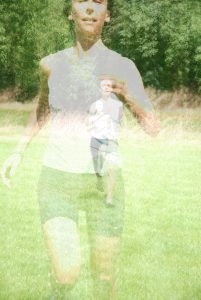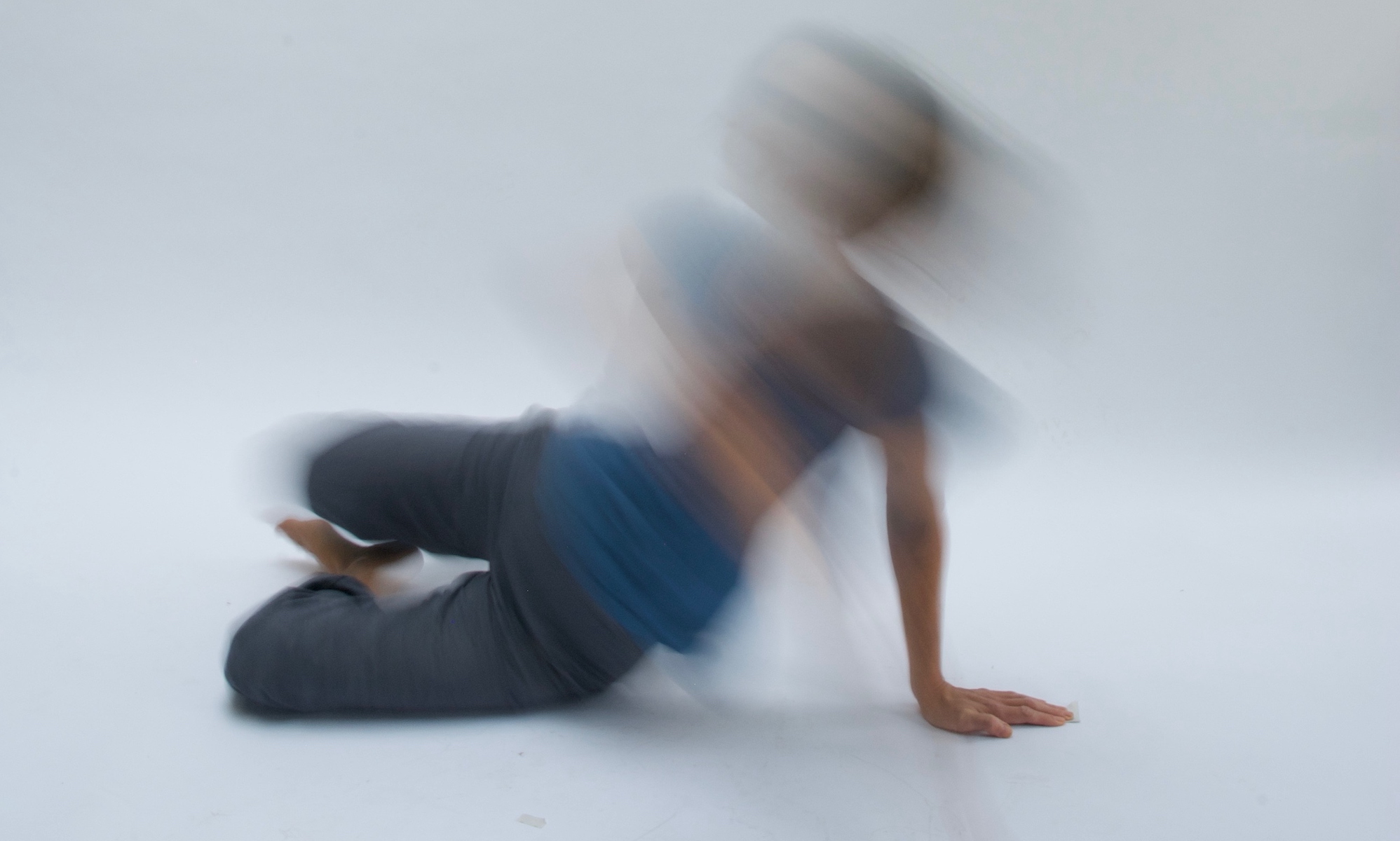“If I could afford the time I would have on-going weekly sessions with Victoria to fully dev elop what she is teaching my muscles. When it works for me it is so easy and effortless. I would love Victoria to develop more sessions for our running group.”
elop what she is teaching my muscles. When it works for me it is so easy and effortless. I would love Victoria to develop more sessions for our running group.”
Mary Alexander, Crouch End Women’s Running Network
Dr. Feldenkrais and Running
The story goes that Moshe damaged his cruciates playing football and refused the operation (no neat keyhole surgery in the 50s!) and taught himself to walk better instead, so beginning the method. It is only a tiny part of the story – which has to include his history with self defence from a very young age and being recruited to teach Judo by its founder Kano, as well as his knowledge as a scientist and friendships with eminent neuroscientists and others in the field – but it says something about the method’s relationship to sports.
The Method and Running
How many times has a trainer or a friend had to say to you ‘Stop bending forward/swinging you arm across you/letting your knees go inwards’ or something like that when you run? and very likely you didn’t feel you were doing it – and so can’t do anything about it (for long). Look around at your running mates – each has their own distinctive style – unique – like their handwriting. And these ‘habits’ we have are often so in-grained we just aren’t aware what is involved. Some of these patterns and habits will serve us well and some will not. Some will create the ‘natural’ running style of Ussain Bolt. Some won’t: they may mean you put strain on joints, have ‘heavy’ legs, restrict your breathing, make extra work – they may even involve excessive muscular tension that means you heart has to work harder to pump blood through constricted vessels.
The Feldenkrais Method® is not a running technique as such but encompasses a sophisticated understanding of the movement patterns involved in running. Use it alongside your training to improve your ‘form’, and find a more efficient, easier, well-co-ordinated running pattern. It will not give you rules about how to run but will help you become more aware of how you personally move and work with gravity and will enable you to develop more possibilities so that you can use the whole of yourself better when you run, use less effort (so you can run longer) with less chance of injury – and faster as well.
Barefoot Or Minimal Shoe Running

No one says you have to run barefoot or even that it’s a good idea for everyone. But the techniques of barefoot running can be helpful to all – in or out of shoes. Because the Feldenkrais Method is about finding (or re-finding) organic movement patterns that are efficient and easy you can use Feldenkrais well to help you transition to minimal shoes (no built up heels or overly-cushioned soles, motion control etc) or even barefoot running or simply a more natural form of running in your shoes.
Victoria runs exclusively in Vibram 5 Fingers – or bare feet (on a sunny day on familiar ground!)
‘FELDENKRAIS ON THE RUN’: what Victoria does
- One-to-one hands-on sessions to address injuries and specific issues in depth (Functional Integration®)
- Indoor floor work (individuals, pairs, groups) using ‘Awareness through Movement®’ to explore fundamental movement patterns for running in detail
- Outdoor sessions to apply learning on the run.
- Combined indoor and outdoor sessions for individuals, pairs or groups.
OR:
‘BRAIN TRAINING FOR RUNNING TEQHNIQUE with the FELDENKRAIS METHOD’.
This is a specific course I teach in classes. Its over for now, but no worries. You can cover it in 4-8 one-to-one lessons – or share sessions with a friend.
http://www.feldenkraisworks.co.uk/workshops-in-running-technique/#more-417
FOR MORE INFORMATION CHECK VICTORIA’S BLOG ON THE HOME PAGE eg:
http://www.feldenkraisworks.co.uk/how-feldenkrais-helps-running/
“I think Feldenkrais has helped by improving my form and loosening up particularly my back and lower body. After some of the lessons I have had my best runs depending what we have done. I notice a big difference between a run after a (for me) particularly useful lesson and after not having done any (feldenkrais) for a while. I am getting faster and I am mainly putting it down to Feldenkrais as I have been running for about a year now and haven’t improved at this level before.”
Silke Bridgeman (Crouch End runner)

Hello Victoria,
I hope that this email finds you well.
I am Henry, Sarah Perry has pointed me in your direction with regards to an ankle/running problem I am having because she said you might have some good advice and/or be able to look at it.
I bought some running shoes in May/June because I wanted to get back into running. I have had ankle problems in the past, particularly after I got bad tendonitis in my left one a few years back which was caused by too much running straight away in bad shoes. I have tried warming it up and down with a resistance band before and after running but it would still feel delicate and ache, sometimes for a couple of days after. I was also taking the running easy and stopping when I felt my ankle tighten.
I also have loose joints and should have broken my ankles several times when I have rolled them but have instead hurt/damaged the tendons and tissue.
It’s very frustrating because I love running and the high I get afterwards. I wonder if you wouldn’t mind giving me some rehabilitation advice please? I would greatly appreciate it.
Looking forward to hearing from you.
All the best,
Henry
Hi Henry, so sorry, I have only just seen this. I must learn to check my comments more often! im so sorry to hear about the difficulties with your ankle – I hope you have resolved them by now. I would have said though, that I would really need to see you to be able to assess and say anything sensible. If you are still having issues with it when the infection rate comes down a bit, think about coming for a session – give me a call or drop me an email.
Very best wishes, VIctoria